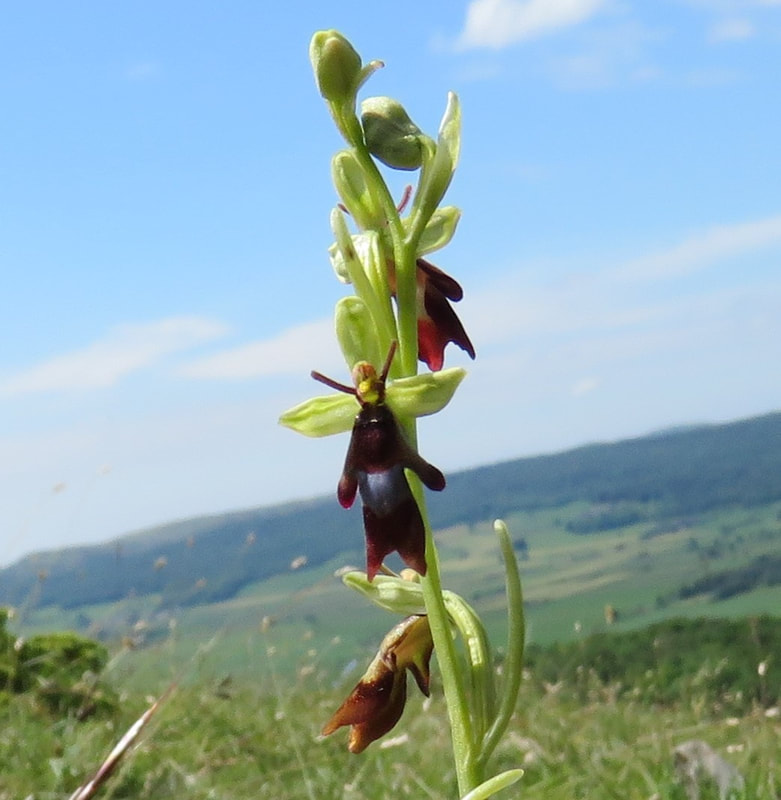 The Lyth Valley from Scout Scar escarpment
The Lyth Valley from Scout Scar escarpment The cliff-top is at its loveliest at this season, the first week in June. Hoary rock rose is its speciality, abundant on the rock-face, its lemon flowers only opening to bright sunlight. Common rock rose lasts longer and is scattered more widely over the escarpment.



















 RSS Feed
RSS Feed